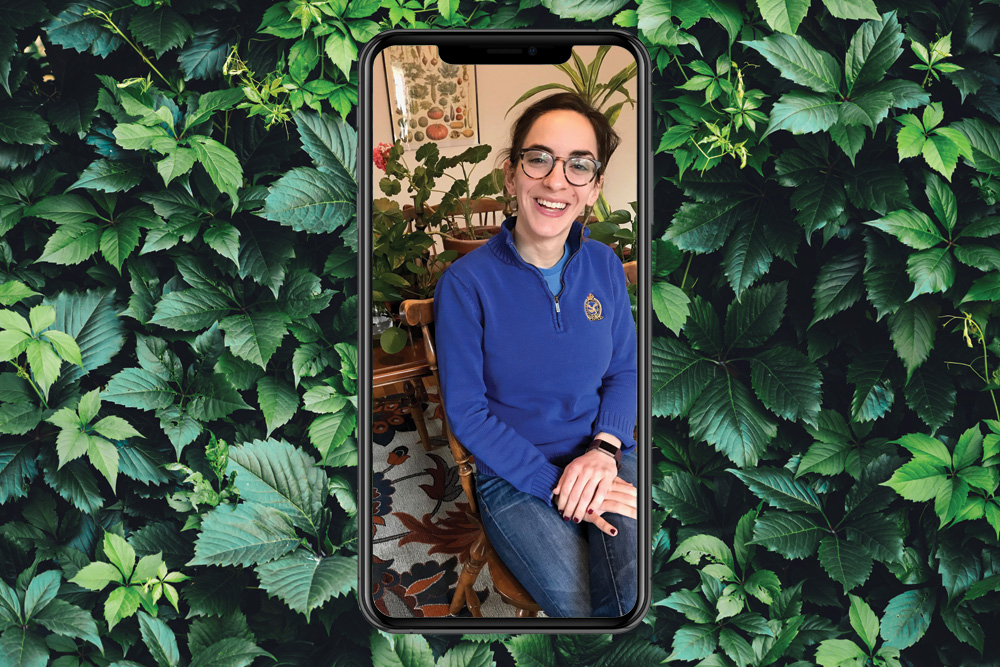“It’s beautiful to me,” says plant pathologist Abby Beissinger of specimens that would elicit “Oooh, gross!” sounds from 99% of the population. Commercial growers and home gardeners bring or mail her samples of plants they suspect are sick with pests or disease. She often goes microscopic, drilling down to a cellular level to make a diagnosis.
“Seeing what emerges is super exciting,” she says. “And here’s why. Each pathogen looks so different. With fungal spores, it’s not that one’s a circle and one’s a zigzag; one will look like a tadpole, and one looks like a crystal ball. It’s this whole world we don’t have access to unless we have bionic eyeballs — or a microscope.”
Admittedly “exciting” and “beautiful” are not the first words a farmer receiving a diagnosis might utter. But it’s important to know what is ailing their plants so they can remedy it. Recently, Beissinger, who runs the Plant Diagnostic Lab in the Ratcliffe Hicks building at Storrs, combed through some 500 leek samples looking for pupa she then raised in petri dishes. In so doing, she helped confirm that the commercial farmer who sent the leeks had one of the first known cases of allium leafminer in Connecticut. “Allium leafminer can completely decimate a leek field,” says Beissinger. So knowing it’s here is critical for controlling it this season and preparing for next.



